“Dad – how do you draw an eye?” In about 30 seconds he whipped out a pen and drew a perfect half face with two eyes, balanced and proportional, and with a couple flourishes that brought some personality to the sketch. He then went on to explain some of the fundamental issues with the face in general, how in most people the space between the eyes is as if another eye is there, and the importance of lining them up, and that the eye is actually a fully round shape, covered up by a light covering of skin. Most of it went over my head, because I was focused on his pen as it moved, the searching, the lines that sought an answer. I think he was a little surprised I was interested in drawing, but actually it was just some homework for a high school kid to do. But the moment stuck, the pen on a piece of paper, making something come to life – so simple right?

Yeah – if only.
Years later the relationship with pen, pencil and paper really took off for me, but it took much more time and work than I would have ever imagined. Drawing strained my hand, arm and (especially) brain over the years in a symbiotic sort of dance – part stimulating, part relaxing and part pain. Drawing is mostly work, where you work to see, where you look to understand, basically where you think. Drawing is thinking revealed. Milton Glaser, one of the best visual minds in the past 100 years, said “Drawing is a fundamental way of engaging the world”. Watch this video of him explaining more of his thoughts regarding drawing, and see a master at work.
Dad was an incredible draftsman. He was a natural talent, plus he put in the hours to make that talent blossom. He loved drawing, never going anywhere without his sketchbook, using it to record thoughts, quotes, draw what was around him, or just retreat into his mind and explore whatever ideas were percolating. That DNA passed onto me, something I consider part blessing and part curse.
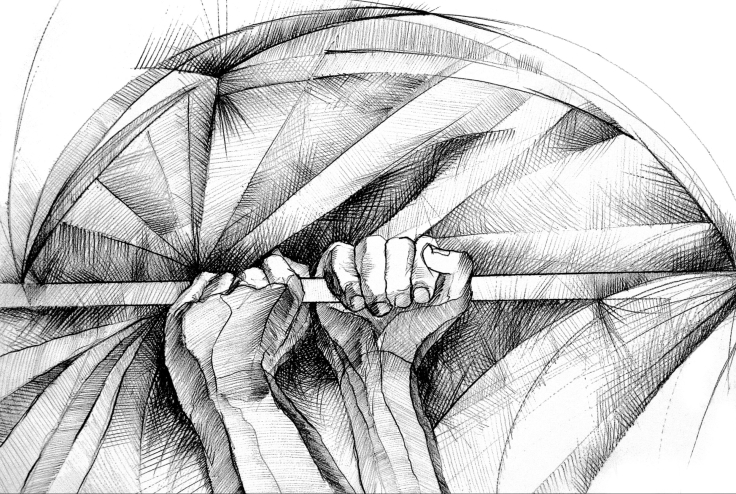
The blessing is that I love to draw, and can’t wait to get more time making marks. There are few things in this life that I would rather do. Basically drawing is either at the top of the list, or lurking at the top – just don’t tell my family. The curse of drawing is that there is rarely enough time, and that if I don’t get enough time in the studio my brain and soul starts to get fuzzy, moody and just isn’t firing right. This is a common problem with artists, and I totally get it when an artist complains about not enough studio time. Sometimes you get to the point that you can’t not do it (Jim Christensen put that thought into my head). The curse doesn’t sleep, and it doesn’t go away – sort of like bad credit card debt. It just builds and builds.
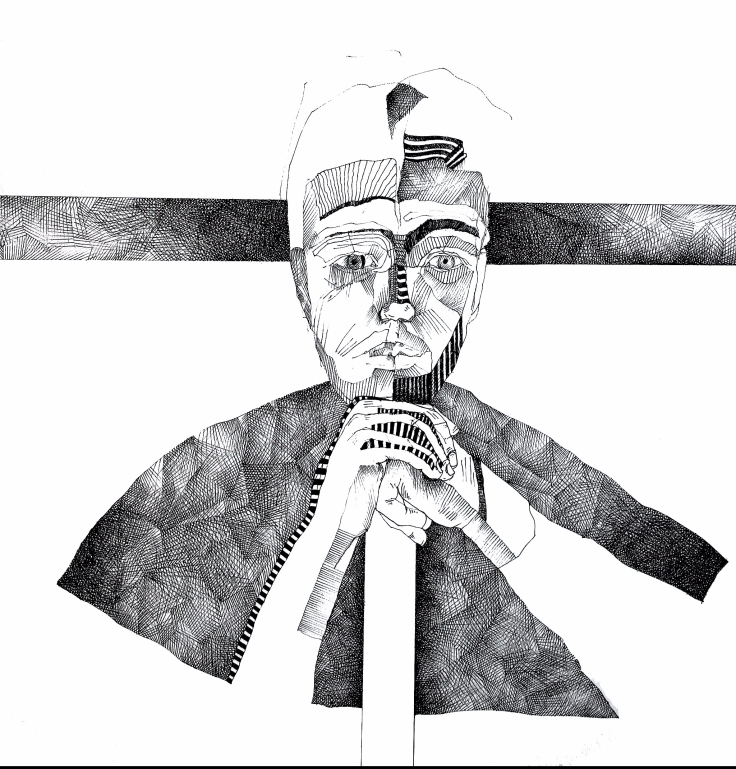
My first real drawing class as a young art major was, well, torture. Most of the course was spent drawing chairs, especially an old ornate rocking chair. We would spend one day drawing it from one angle, then move the next class to another angle. It was incredibly complex, especially for my mushy mind that needed to sharpen up. I was dealing with depth, shapes, and proportions that if I sat down to draw today would still be a challenge. This went on day after day, and seemed like a marathon in push ups, not artistic exploration. Where was the love?!
Midway through that semester my professor met with me to discuss how I was doing. First thing out of his mouth was something like, “Chris, you should consider changing your major, your currently getting a C or D on all your drawings. I don’t think your cut out for making art”. I remember being devastated, and more than a little ticked off. Frankly, it really ticked me off. I don’t remember the rest of the semester, but I did end up pulling a B. Perhaps it was the motivation to get me going, to remind me that I wasn’t all that talented and that only hard work would make up the difference. Most of my undergraduate drawing classes were like that, battling to get it right. Sometimes I would storm out of class frustrated, just not making anything that was worthwhile.
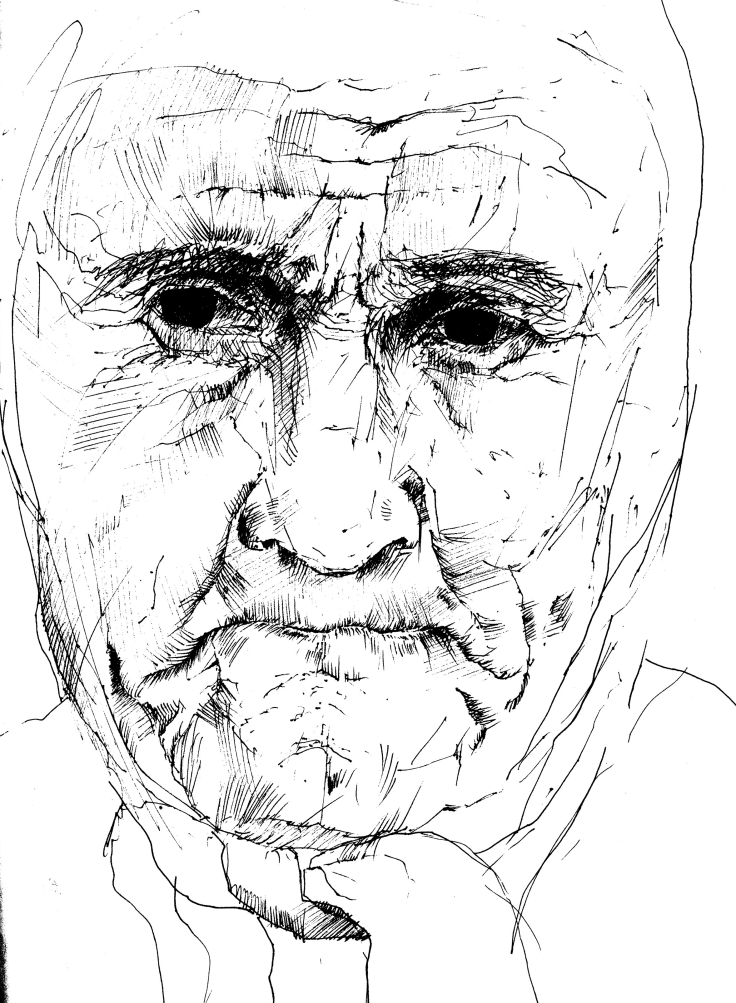
It wasn’t until many years later in grad school did I “get it”. Really starting to see, and then transfer that down in confidence and with some skill. But, dang it leaves you quick. Just when you think you are so-so, take a few days off and when you sit down to draw it’s time to scrape off rust and really get back to work. Momentum is huge in making art, and especially with drawing. The thinking it requires of you is demanding, no yoga child poses here. There is a blank sheet of paper, or a canvas, or a blank screen in front of you for heavens sake! I think Richard Diebenkorn, one of my favorite artists, said that the most terrifying thing in the world was staring at a blank canvas.
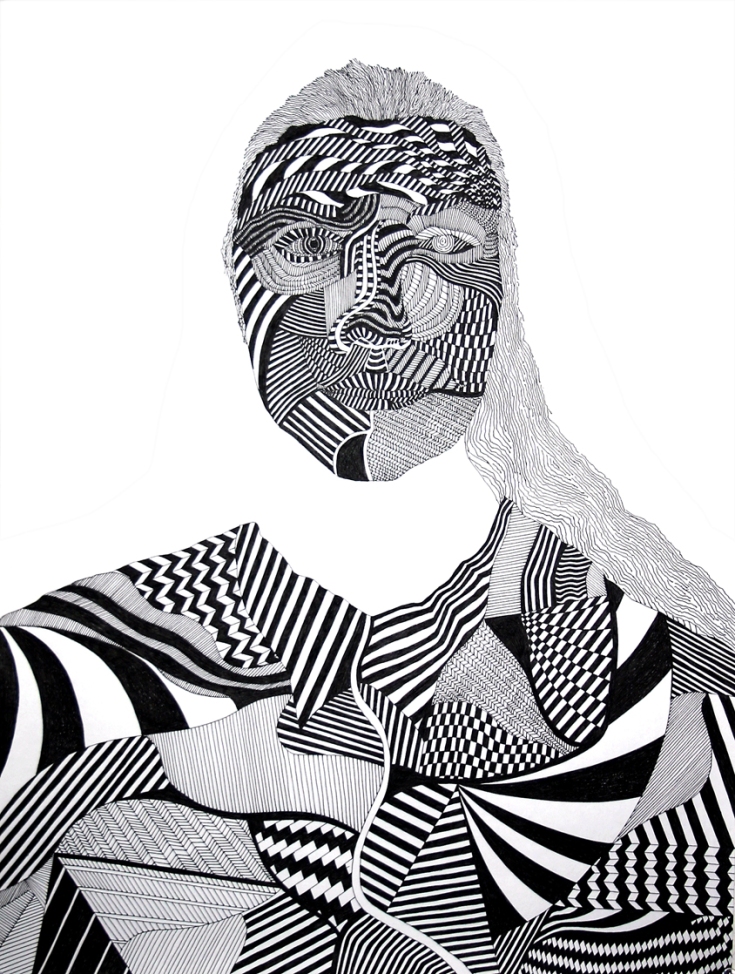
Drawing, and lots of it, develops the confidence to jump into the seductive white, and make something come off the page. Fear is lessened the more one does, and by doing more, more stuff gets done! It took many years for me to realize drawing is a skill, not a talent. Talent might enhance, but anyone can draw, and learn to draw well if the time and effort is put into it. Isn’t it interesting that children jump into drawing with glee, letting imagery flow almost effortlessly. Fearlessly! They do this for years, but somewhere in our left-brained obsessed educational system any pretense that art making is important is pounded out of our beings. I have seen it hundreds of times with my students, and many adult students who are convinced they cannot draw, and they have no talent. But after weeks of steady work, they improve, and eyes begin to open to the possibilities. I don’t know whose fault it is, but somewhere along the line, kids are somehow taught, or there is this notion circulating that unless they can draw like Michelangelo, then it’s not worth it. Fear takes over, and quickly buries the flow of child like creativity. I still marvel at that, and don’t like it all.
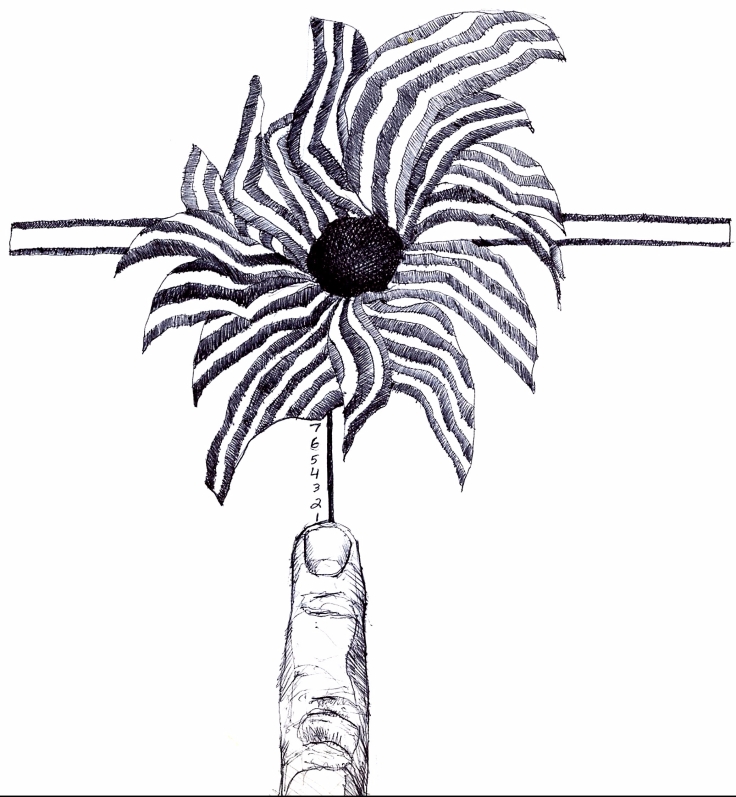
I have so many first year students who come into our program so uncertain about drawing, walking on eggshells, fearful of rejection. It’s like they are convinced we are all going to laugh at the work they produce. Why do so many have this type of thinking? I know I did. Why do the testing and admissions system for educational programs in the US overwhelmingly promote left-brain, logical and linear based thinking? Drawing or any visual creative thinking is not part of the equation. Rote memorization is not the only key to knowledge! I worked as hard as I could my senior year in high school for the ATC test, this supposed arbiter of who is smart and worthy of scholarships. I tanked it, and I could have taken it 15 times and gotten the same score. For most creatives, staring at a test like the ACT is pretty close to trying to translate an ancient Babylonian script. I reviewed the LSAT test one time with my brother in law who was prepping for law school. Pretty much a panic attack ensued as I tried to work out some of the questions. My brain just isn’t wired in a way to process and analyze that information in such a way as many disciplines require. I’m not the only one with this – well, I’m not going to say limitation, because it is not a limitation!
Sorry to digress a bit, as I am not trying to say that testing systems should be scrapped, far from it, but there needs to be another way for creative students to be assessed. Those who express a desire to be in the visual arts and who struggle with testing. There is this large group of people who process information from another part of their brain. Bits and pieces stick, but their mind sees and processes relationships, discovers different possibilities, creates meaning from disparate parts. I just wish there was a way to identify those kids earlier, and let them bloom in a system that too often fosters fear, rather than a fearlessness, to create. To go deeper on this subject, here and here are some interesting thoughts on this subject.
Drawing takes time, any creative skill development takes time. Drawing fosters and develops clear thinking, builds intelligence in visual vocabularies, and enhances confidence in uncertainty. Drawing is one of the best ways I know how to help strengthen this confidence in uncertainty, manage complexity with optimism and focus on problem solving. Over the years my passion for drawing has only gotten stronger. I love to see it, I love to do it, and I love teaching the many ways that you can do it. My hope is that more people pick up a pen or pencil, and jump into the white page. Don’t give up after the first mistake, and be patient after 100 mistakes are made. The search is what counts, the lines, shapes and textures that come from that search are a wonderful fruit, one that comes in any season, and as often as you want.
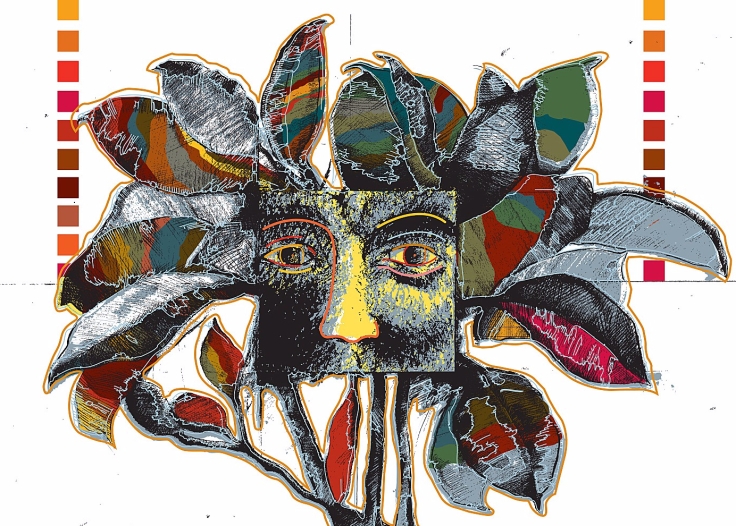

Leave a comment